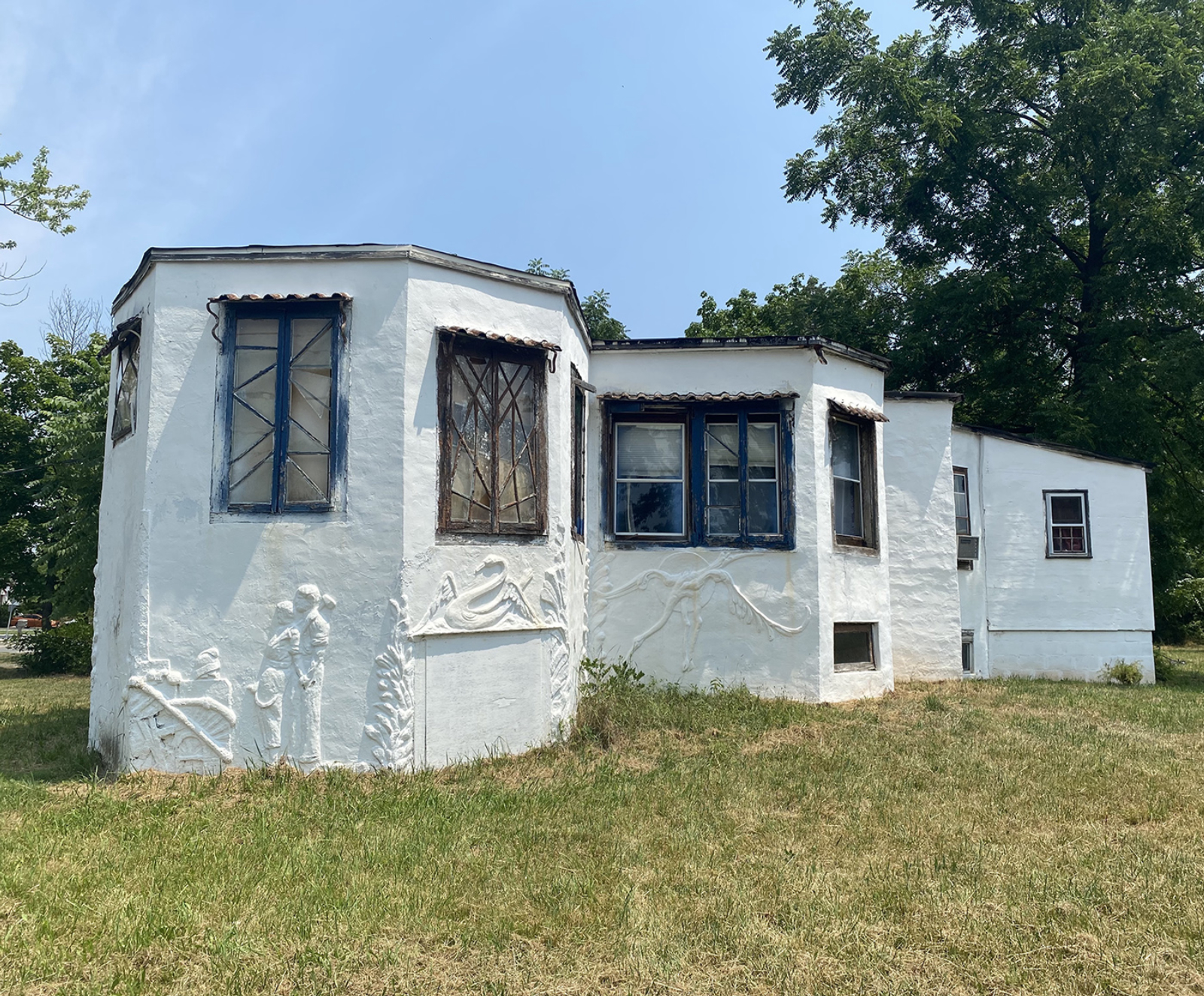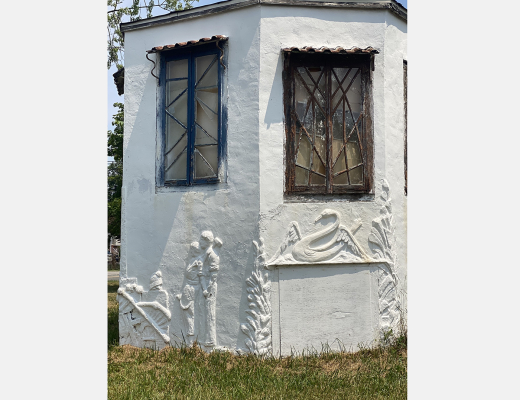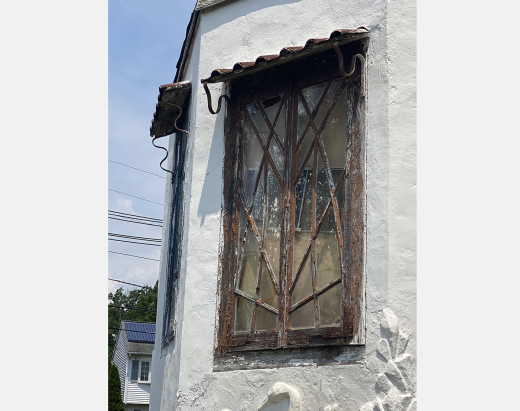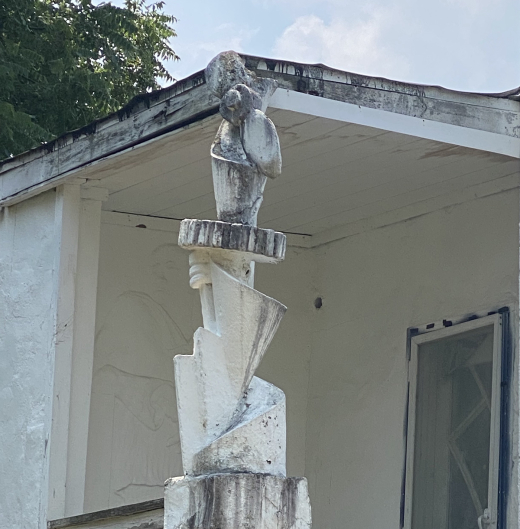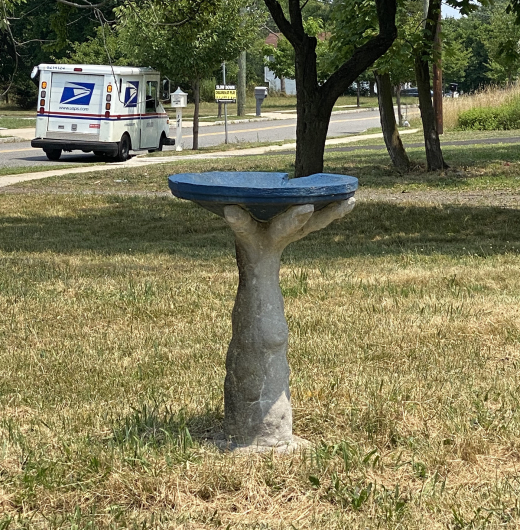Background and History
The Goldman House, located in Piscataway, New Jersey, is an important historical and architectural landmark, primarily due to its association with the Stelton Colony. Established in the early 20th century, the Stelton Colony began as an outpost of the Ferrer Center, a New York City-based anarchist association. As Amanda Kolson Hurley explains in her book, Radical Suburbs: Experimental Living on the Fringes of the American City, the word anarchist had a different connotation than it may have today; it was “less a coherent, unified ideology than a spectrum of overlapping beliefs.” The Stelton Colony prioritized “voluntary cooperation (“mutual aid”) . . . and opposed centralized government and state laws in favor of small, self-governing, voluntary associations.” It attracted a diverse group of intellectuals, artists, and activists who sought to create a utopian society free from the constraints of traditional governance and economic structures. While they worked on creating their utopian community, many still depended on their day jobs, commuting back and forth to New York City, making them very early and unusual examples of New Jersey suburban commuters.
